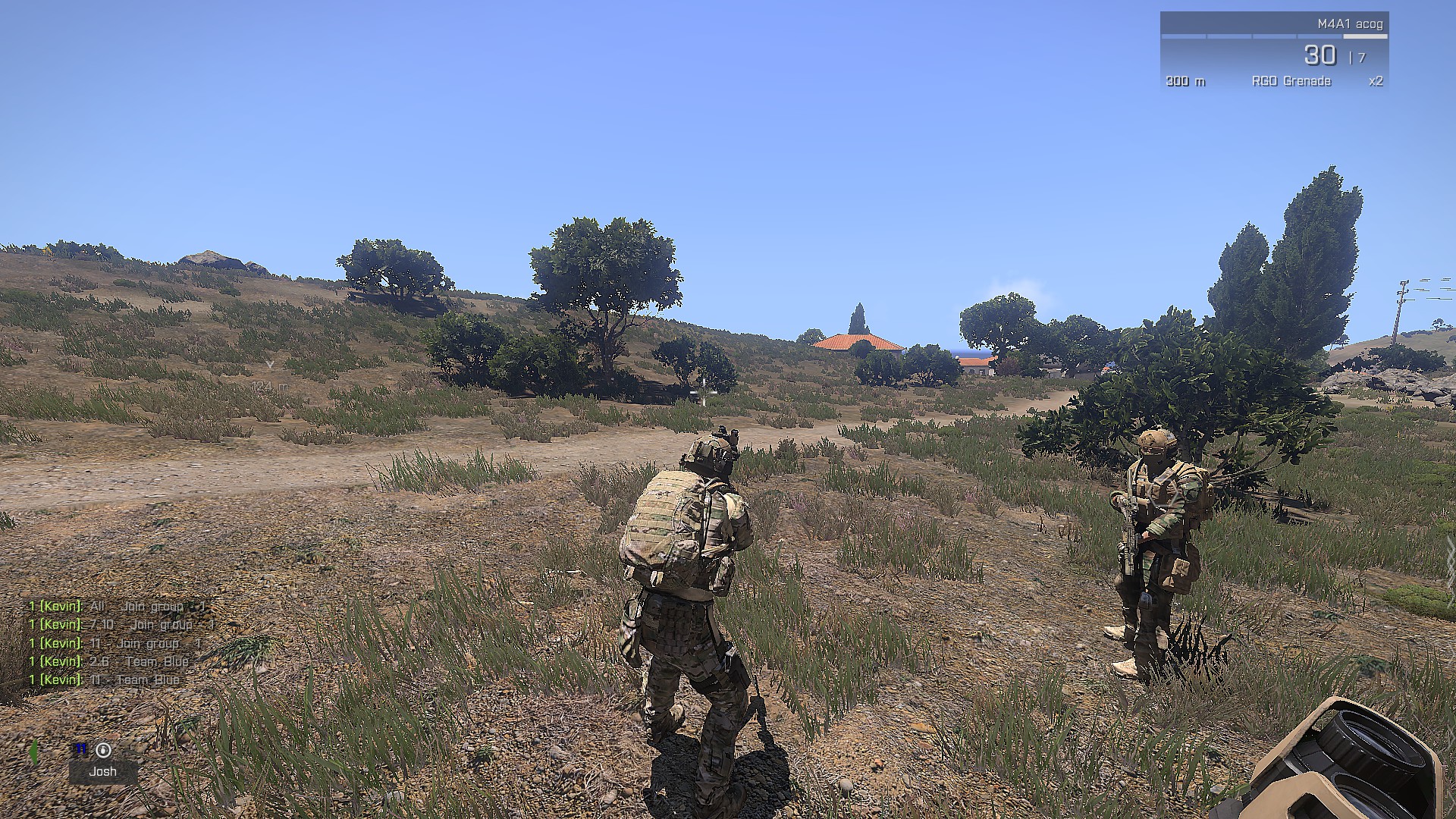

Likewise, other systems have fallen out of favor. It's unnecessary to strap soldiers into an immobile vehicle and make them scan a wrap-around screen if they can accomplish the same basic tasks with a mouse and keyboard.īut this simulator has problems with "technical difficulties that degraded training … a limited ability for the Dismounted Soldier Training System to provide collective training above the squad level, and low usage rates across the Army," the GAO stated.Īnd instead of saving money, the system actually costs more-78 percent more-than a "comparable event in the live environment." When they move their arms, their virtual copy moves, too. Once hooked up, the soldiers act out various exercises in virtual environments.

Take the Dismounted Soldier Training System, which has troops stand on rubber pads with heads-up displays over their faces and sensors attached to their arms and legs. Think of it like practicing with a flight simulator before hopping into a real cockpit with an instructor.īut the Army simply has too many games, according to the GAO report, which studied the use of simulators by four Army brigade combat teams. "The recent focus on counterinsurgency operations has resulted in large numbers of soldiers who have not experienced or trained thoroughly on the tasks required to perform a broader range of military operations," the GAO reported.Īnd games are useful for training troops on procedures before they go to a live range.

In 2015, the Army spent more than $27 million on the virtual training devices. The Army concurs, and sees games as handy tools for making up skills lost in recent wars. The GAO is pushing the Army to better integrate these simulators into its training regimens.


 0 kommentar(er)
0 kommentar(er)
